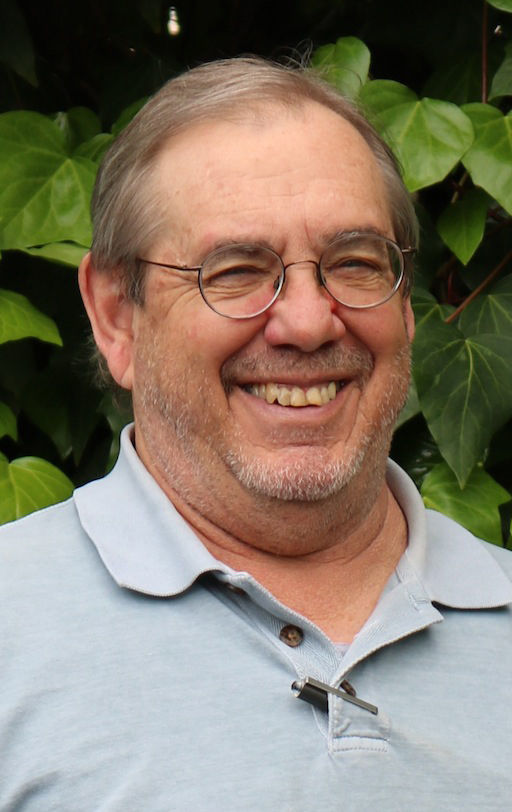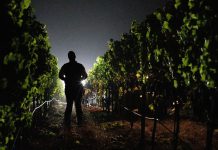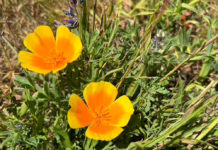We live in a time of much confusion. Our country is conflicted and confused. Large portions of our population do not share the same set of facts. Our political differences often look too big to heal or to bring us back together. Yet, we have faith in America as a place and an idea where truth, fairness and intelligence shall ultimately prevail.
Still, these are times when we search for simplicity, certainty and what’s familiar to us. To begin, let’s look at where we live in physical and defining terms. Once we have our bearings, we may be ready to deal better with the bigger world’s confusions.
We live in the Russian River watershed, which totals 1,485 square miles and is 110 miles long from the headwaters north of Ukiah to the estuary at Jenner where it meets the Pacific Ocean. The watershed is home to more than 500,000 people. It supports plentiful agricultural industries, mature forests, cities, towns and other industries. Through history, our watershed has seen mistreatment, lots of manmade changes, and, more recently a series of restorative efforts and beginning successes. A watershed is not a confusing place. We know all the physical makings of drought and floods, urban runoff and agricultural and forestry erosion.
The watershed is a “catch basin” where the rains provide groundwater, recharged aquifers and surface flows to 238 streams and creeks, including 53 that we have given proper names. Our watershed provides a habitat for 63 species of fish, including three endangered salmonids.
Our watershed also can be defined in other ways. Our watershed contains a local economy where we import and export goods and products to support our means of living. Our Russian River is our main source of recreation and is at the center of our world-class tourism industry. Our watershed has a rich history that when studied tells a story about ourselves, our ancestors and the original people who named the river Ashokawna.
A watershed can be defined in political terms. Our boundaries with Lake, Mendocino and Napa counties closely follow the ridgelines and separations with adjacent watersheds of the Mayacamas Mountains, Eel River, Clear Lake basin and the salt marshes of the upper San Francisco Bay. Inside our own watershed we mark off legislative districts for county government, incorporated cities, school and fire districts and open space and agricultural preserves. The river, we believe, belongs to all of us, but 95% of the land within the Russian River watershed is private property.
We also look at our watershed as a “catch basin” for the geographic bounds of what we set as “local news.” Sonoma West Publishers and our nonprofit partner, Sonoma County Local News Initiative, do news gathering and reporting on the people, businesses, governments, environment, natural disasters, community celebrations and the legacy of this finite, defined and un-confusing place. Our news reporting tells how the northern watershed city of Cloverdale may be different from Sebastopol that sits along the western edge of the Laguna de Santa Rosa, a vital part of the watershed. Healdsburg and Windsor lay in the middle reach of the watershed and Guerneville and other lower river communities are many miles closer to the ocean. But they are all connected by the main water source of the region, the commerce it supports and the civic activity of teaching our children, growing our food, participating in local government and enjoying our local arts, history and other cultural pursuits.
The poet Wendell Berry rewrote the Golden Rule to read: “Do unto those downstream as you would have those upstream do unto you.” And there we have it; we have arrived at the clear vision we needed to make better sense of today’s confusing world. We need to think of our America as a single watershed where we all live both upstream and downstream from one another.









